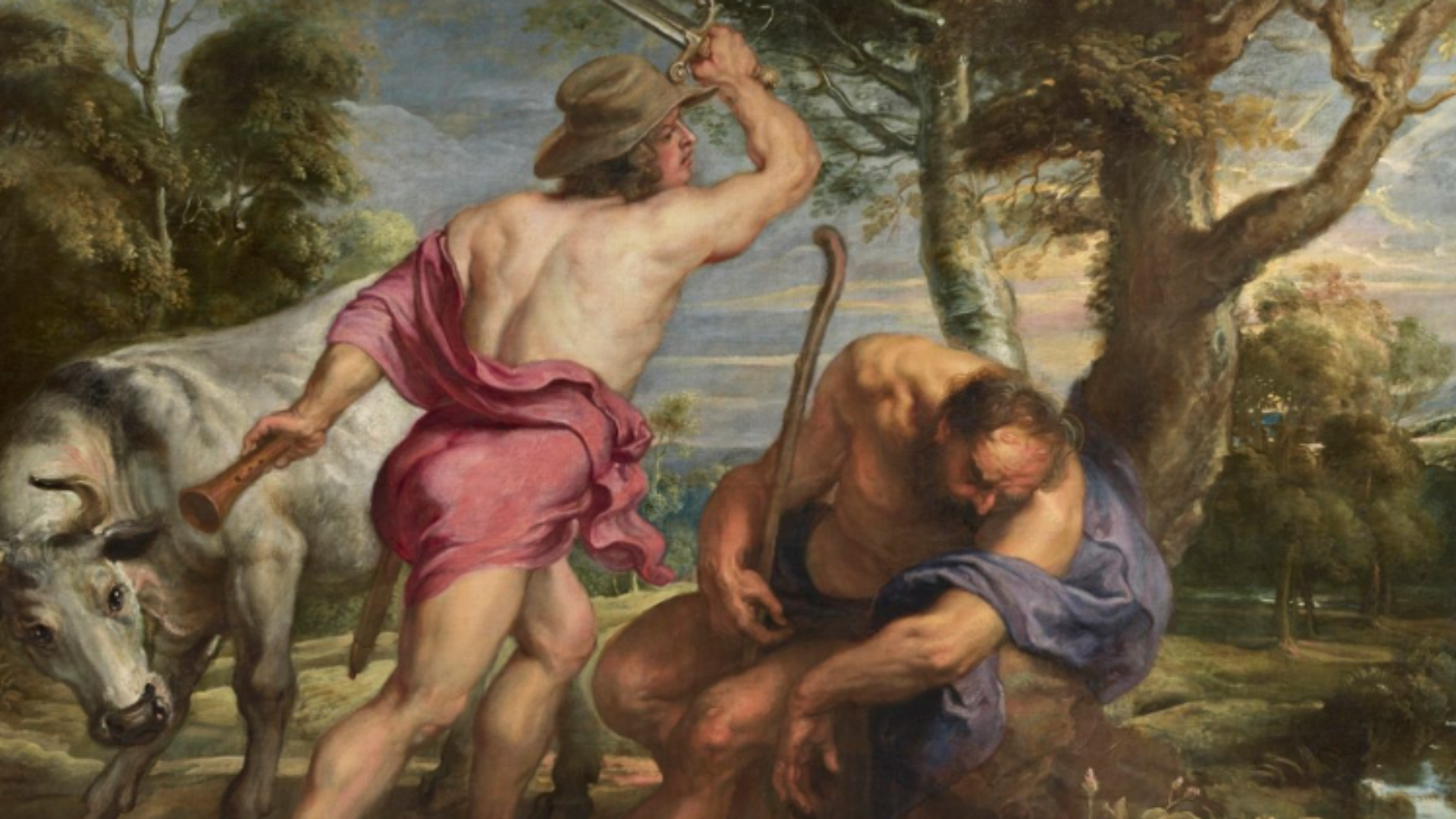Yesterday, the exhibition "The Workshop of Rubens" opened at the Prado National Museum, and the Academy of Perfume had the honor of attending the presentation. One of the highlights of the installation, aside from the magnificence of the works on display, is the fragrance developed with the scent of turpentine in the simulation of the painter's workshop, recreated in the center of room 16B of the Villanueva Building at the Museum. This fragrance was created by Luz Vaquero, Creative Director of Iberchem and a Full Member of the Academy of Perfume.
The exhibition, curated by Alejandro Vergara, Head of Conservation of the Flemish Painting and Northern Schools department, features more than 30 works, including paintings by Rubens, works by his assistants, and others resulting from various degrees of collaboration between them. The aim of the exhibition is to show, through the prolific Peter Paul Rubens (1577–1640), how European painters worked in studios with the help of numerous collaborators.
In addition to these paintings, a recreation of the painter’s workshop has been set up, including the tools necessary for his work, as well as elements that evoke Rubens himself, such as a cape and hat inspired by his portraits, all infused with the scent of turpentine, one of the most prominent smells in old workshops.
It is known that one of Rubens’ clients once said, "When Rubens painted my portrait, he told me he liked to mix his brushes in turpentine to thin the scents." This inspiration led the Museum to develop a recreation of the workshop’s fragrance, which visitors can subtly perceive in the room, making the experience more immersive. To immerse visitors in the space where Rubens painted his works, a curtain opens into the room where, alongside the paintings in the exhibition, various tools, materials, furniture, and other objects characteristic of a painter’s craft—brushes, palettes, canvases, boards, easels, maulsticks—are displayed. Some elements evoke Rubens himself, including a cape and hat created by milliner Ana Lamata, inspired by his portraits.
The fragrance of “The Workshop of Rubens” was developed by Luz Vaquero, Creative Director of Iberchem and Full Member of the Academy of Perfume, holding the Sillón Tuberosa. "Recreating the scent of turpentine allowed me to travel back in time and imagine the studio of a 17th-century artist. I hope that visitors, in addition to admiring Rubens' work, can have an immersive experience by feeling the scent that permeated his studio—not just turpentine but everything that surrounded him: wood, canvases...," commented Luz Vaquero. "Like oil painting, fragrances are also oils, and the ingredients, which are the raw materials a perfumer works with, blend together until something evocative and complete is created," she concluded.
Turpentine is a natural solvent obtained from the distillation of pine resin. It was historically used to dilute oil paints. This smell permeated the studios of artists at the time, giving them a unique character. Today, it also forms part of the wide variety of aromas used in perfumery. In fact, many of the ingredients used by perfumers come from nature or are inspired by it.
Additionally, on the occasion of this exhibition, the book The Workshop of Rubens has been published, which includes texts explaining how paintings of the time were created in phases, by layering different coats of paint, with each layer influencing the effect of the next. This system allowed for the division of labor, as one artist could paint some layers and then be replaced by another.
